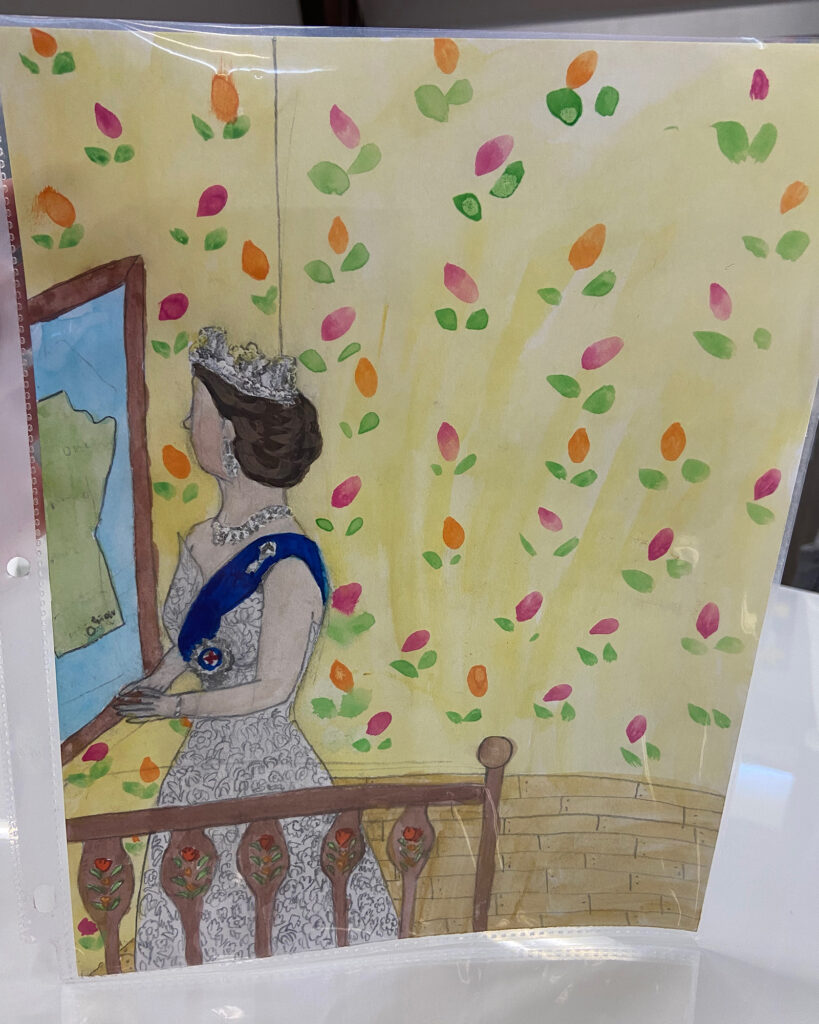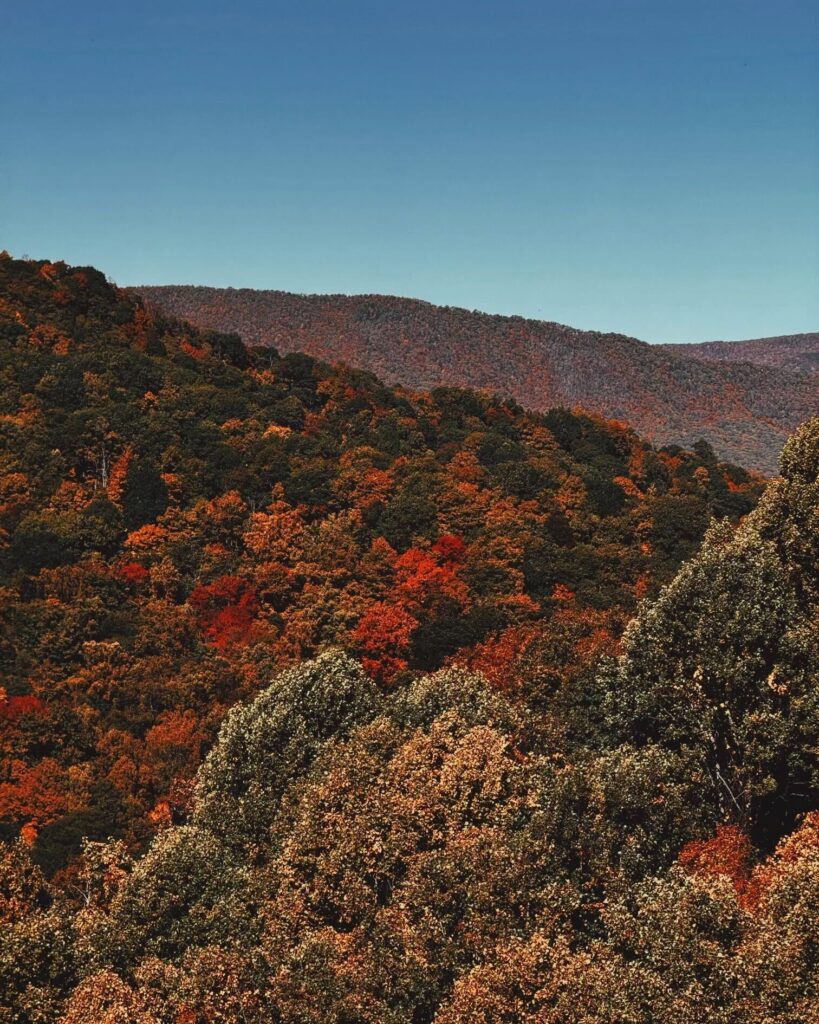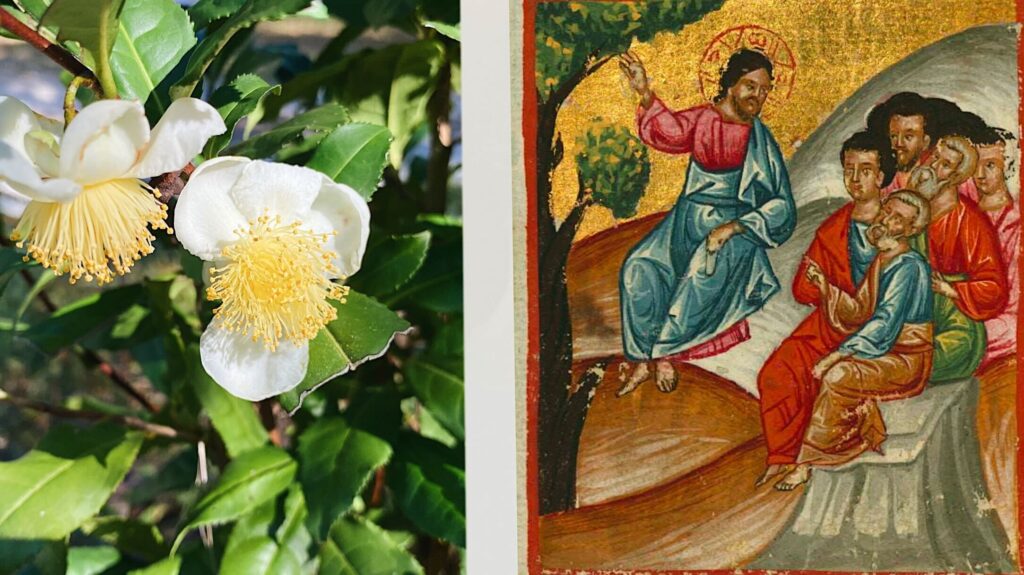The CMP Review — Week of October 23
October 23, 2023

I’ve spent years experimenting with calendars and planners, trying to find the perfect fit for our family. We’ve been using this system for the past year, and it’s been so effective that I’ve put my search for improvements on hold, at least for now. Here’s the combination that’s keeping us on track:
📅 It’s our “At a Glance” view. We use it to note down anything and everything that anyone in the family has going on. It’s our family’s big picture.
🗓️ Weekly Family Plan: This hangs right next to our monthly calendar. It’s where we dive into the nitty-gritty details of the week — meals, big projects, outings, and everything in between. We make it a Sunday ritual to fill this out together.
📝 Personal Planner & Homeschool Notebook: In addition to the family setup, I have my trusty sidekicks — a personal planner that keeps my days in check, and a homeschool notebook to log our terms and years. These are my keys to staying on top of things.
This system keeps us on the same page and ensures that everyone, especially the little ones, knows what’s coming up. “When are we seeing friends?” “What’s for dinner?” – for questions like these they are able to refer to the calendar and weekly plan to put their minds at ease.
We found what works for us, and now it’s your turn. Do you have a system in place that helps your family run smoothly? Share what works for you and your family below!
@tessakeath
October 24, 2023

Imagine educating your child using the Charlotte Mason method all the way from age 6 to age 18.
That’s exactly what Miss Margaret Ruston did with countless children as a teacher at Burgess Hill PNEU School.
In 1931 it was the largest PNEU School in England and it covered every single Form, from I to VI. And every programme and every practice was followed in spirit and in truth according to the Charlotte Mason method.
It may sound like a dream; it may sound like a utopia. But it really happened. And if it happened once, it can happen again. Miss Ruston shared how it works, and her words addressed not only school teachers, but also home educators like you and me. Read or hear her vintage article and imagine the dream becoming the story of your homeschool too. Find it here.
@artmiddlekauff
October 25, 2023

My son made this spring loaded tap guide from two pieces of cold-rolled steel.
He was home schooled using Charlotte Mason’s applied philosophy through high school and is now a freshman in college. He is also dyslexic.
While he prefers labs to lectures and reading blueprints to books, he’s also slowly working through Seneca’s essays in his free time.
If you’ve wondered if a CM-education is a good fit for your dyslexic child, remember that it’s not just literature. There’s slöyd, brush drawing, maths, experiments, nature journaling, music, and more.
@rbaburina
October 26, 2023
Every book about Catherine of Siena is special to me. But especially so is the one I know Charlotte Mason read. It represents for me the intersection of my two brightest lights. Read Charlotte Mason’s review of Saint Catherine of Siena and Her Times here, along with photos of her copy of the book at The Armitt.
@artmiddlkeauff
October 27, 2023

Our neighbouring village and previous hometown, St. Pierre Jolys, put out a call to local junior artists (under the age of 18) to submit illustrations for an upcoming picture book being written about St. Pierre’s yearly festival, Frog Follies. The contest organizers have given a list of places and events for which they wanted illustrated submissions.
Serafina submitted a few watercolour drawings. She depicted the library, the bakery, and the museum. My favourite, however, is this fun picture of Queen Elizabeth II. The Queen and her husband visited St. Pierre on July 14 1970, during the first Frog Follies festival, while on a Canadian tour.
The submission rules required that there be no faces in the illustrations. I thought Serafina came up with a clever way to depict the Queen without showing her face.
Here is the Queen, looking at a map of Manitoba, with the village labelled on the southeast corner of the province.
Whether or not any of her illustrations make it into the published picture book, she really enjoyed creating these pieces!
@antonella.f.greco
October 28, 2023

Have you ever wanted to take a nature walk with a naturalist? And what if this naturalist was also a poet, who would regale you with verse as she points out the flowers that brave the cold of November and the moss used for beds and pillows in Lapland.
I’d like to invite you on a year’s worth of wondrous walks with Florence M. Haines. Her book, The Changing Year, first appeared as a monthly series in The Parents’ Review. Each Walk combines history, myth, etymology, Shakespeare, poetry, and science, together with what you might find in nature that particular month.
It makes for a fascinating read-aloud, or listen to the mellifluous voices of @antonella.f.greco & @jennifertalsma via podcast. Find it here.
Our stunning foliage on the NC/TN border captured by @aolander.
@rbaburina
October 29, 2023

In his Antiquities of the Jews, Josephus refers to the Feast of Tabernacles as “the holiest and greatest feast.” It took place in late September or early October and “was a time of thanksgiving for harvest. It was a happy time; devout Jews lived outdoors in booths made of tree branches for seven days as a reminder of God’s provision in the desert during their forefather’s wanderings.”
About two months later, the Jewish people celebrated the Feast of Dedication, which is today known as Hanukkah or the Feast of Lights. It was celebrated for eight days in December to commemorate the reconsecration of the temple by Judas Maccabeus in 165 BC.
Gail R. O’day observes that John 7:1–10:21 records events and interactions that took place at or around the Feast of Tabernacles. Then verse 22 transitions to the Feast of Dedication. “Jesus is still in Jerusalem,” she writes, “but the time of year has changed. Tabernacles was celebrated in late September/early October, the Feast of Dedication in December.”
In C. C. James’s The Gospel History, the chronological basis for the six poetry volumes of Charlotte Mason, the entire record of both festivals (John 7:1–11:54) takes place between events recorded in the Synoptic Gospels (between Luke 9:50 and 9:51). Charlotte Mason closely followed his chronology and also noticed the gap in the Gospel of John between the two feasts.
Commentator Gail O’day asks, “How is the chronological gap between the two halves of John 10 to be understood?” For her and many others the question is to be answered theologically. But for Miss Mason, the question is to be answered by the sanctified imagination. Where did Jesus and His disciples go “Between the Festivals”? What did he teach them? What did He say?
Follow this link to read the poetic answer by the woman and teacher who spent her life meditating on the Word of God.
@artmiddlekauff